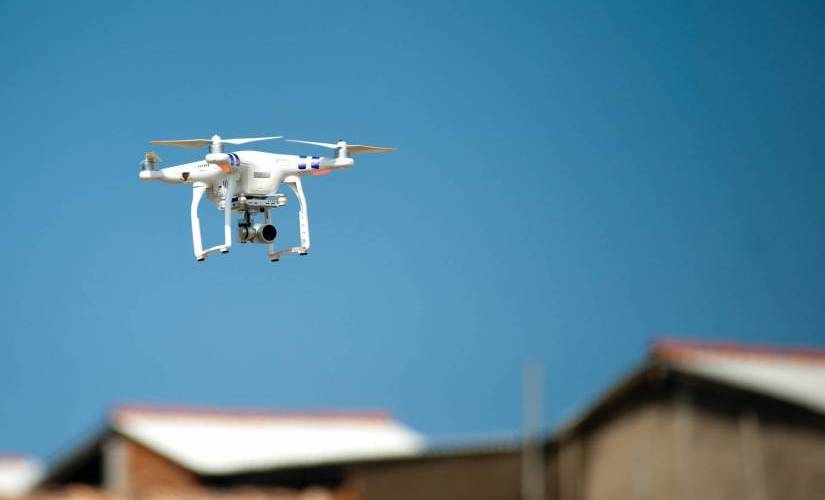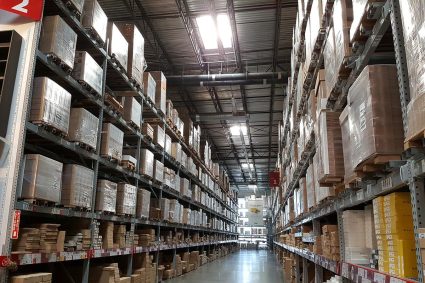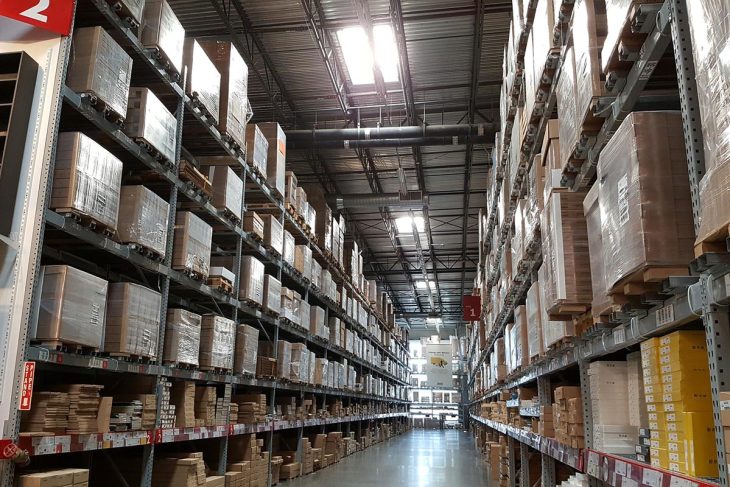

The fourth industrial revolution, commonly known as Industry 4.0, has brought forth a wave of technological advancements that are transforming the manufacturing sector. From automation and artificial intelligence to the Internet of Things (IoT), businesses are investing heavily in these cutting-edge technologies to enhance productivity and efficiency. However, one crucial aspect that often goes unnoticed is the power infrastructure supporting these innovations. Wireless power technology, with its ability to provide efficient and convenient energy transfer, holds the key to unlocking the full potential of Industry 4.0 investments. In this article, we will explore how wireless power can revolutionize the manufacturing landscape and maximize the benefits of Industry 4.0.
Enhanced Flexibility and Mobility: Traditional power cables and wired connections limit the mobility and flexibility of manufacturing equipment and devices. With wireless power technology, machines and sensors can operate without the constraints of physical power cords. This allows for greater flexibility in factory layouts, enabling manufacturers to reconfigure production lines and adapt to changing demands more efficiently. Wireless power eliminates the need for constant cable management and reduces the risk of accidents caused by tripping over cords. It also simplifies the deployment of IoT devices, enabling seamless connectivity and real-time data exchange across the manufacturing ecosystem.
Improved Efficiency and Productivity: Wireless power technology offers significant improvements in efficiency and productivity. The elimination of power cords and connectors reduces downtime caused by maintenance, repairs, and cable failures. This results in higher equipment uptime and increased production output. Moreover, wireless power enables dynamic charging, allowing machines and devices to charge while in operation. This eliminates the need for scheduled downtime for charging or battery replacement, further enhancing overall productivity. With wireless power, manufacturers can achieve continuous operation, optimize workflow, and maximize the utilization of their assets.
Scalability and Future-Proofing: The scalability of wireless power technology makes it an ideal solution for Industry 4.0 applications. As manufacturing processes evolve and expand, the wireless power infrastructure can easily accommodate new equipment, sensors, and devices without the need for extensive rewiring or modifications. This scalability enables manufacturers to future-proof their investments, ensuring that their power infrastructure can support emerging technologies and advancements. Whether it’s adding new assembly lines, integrating robotics, or adopting new IoT devices, wireless power simplifies the integration process, reduces installation time, and minimizes disruption to ongoing operations.
Sustainability and Safety: In addition to its operational benefits, wireless power technology contributes to sustainability and safety in manufacturing environments. By eliminating power cords, manufacturers can reduce energy waste associated with cable resistance and power losses. Furthermore, wireless power eliminates the risk of electrical hazards caused by damaged cables or improper handling. With a wireless charging infrastructure, manufacturers can create a safer work environment for their employees while minimizing the environmental impact of their operations.
Conclusion: Wireless power technology is a game-changer for the manufacturing industry in the era of Industry 4.0. It provides enhanced flexibility, improved efficiency, scalability, and sustainability, allowing businesses to fully leverage their investments in automation, AI, and IoT. By embracing wireless power, manufacturers can create a more agile and productive manufacturing environment, enabling them to stay ahead in today’s competitive landscape. As Industry 4.0 continues to evolve, wireless power will undoubtedly play a crucial role in powering the factories of the future.


















